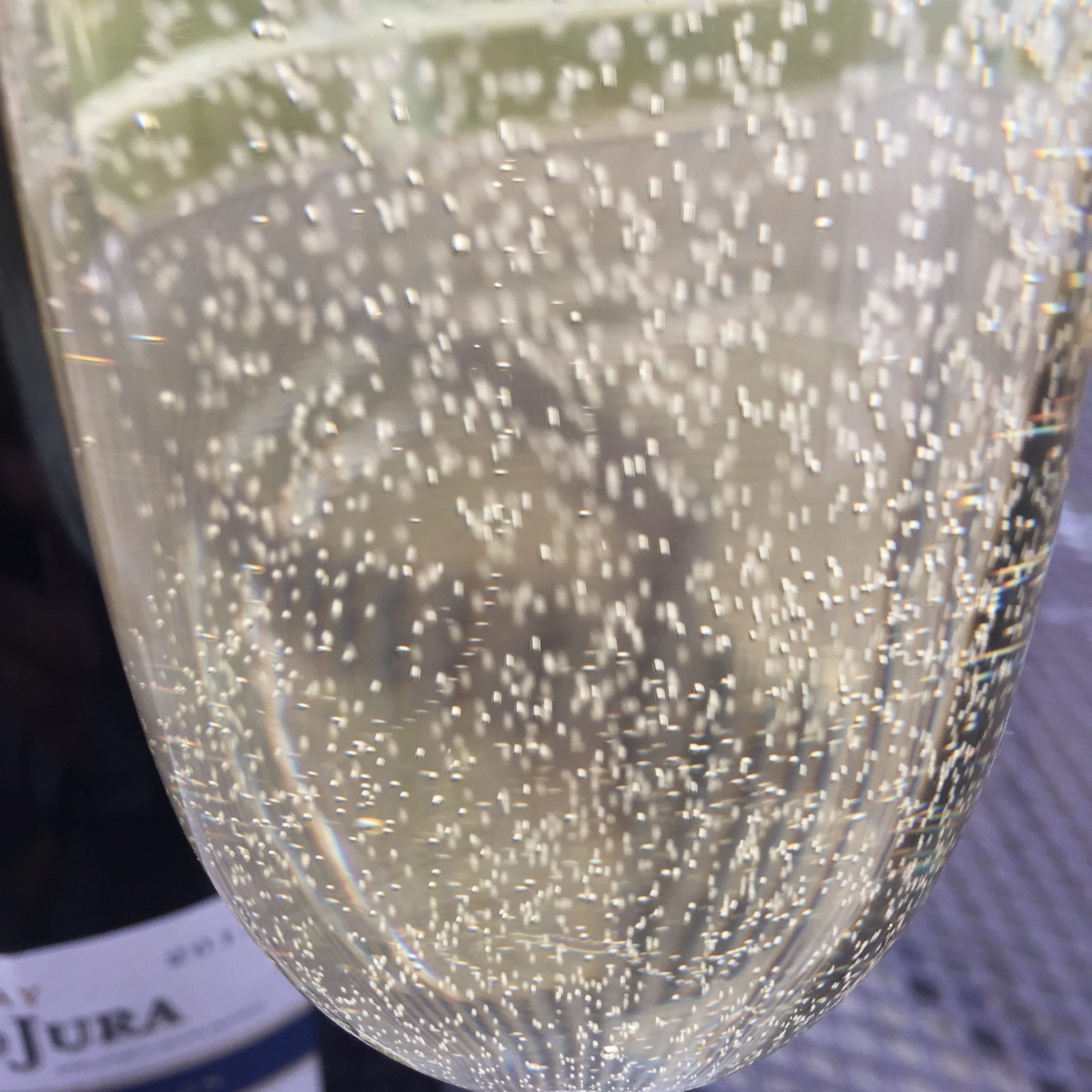
Crème de la Crémant
I love Champagne. I think most of us do, and I’m often asked for my opinion on some of the more affordable brands that carry that exclusive label. I’m always happy to oblige, but increasingly I suggest trying a punchily-priced alternative. The obvious one isn’t Prosecco, which is made a different way, nor Cava, made in much the same way, but with distinctly different grape varieties. For me, a Champagne diversion most obviously leads to Crémant.
The name is relatively new, having been adopted around 30 years ago when the authorities in Champagne kicked off about the description ‘Méthode Champenoise’ being used on labels. Their desire to protect their brand is understandable, but the reality is that the ‘Traditional Method’ used to make Crémant is essentially the same as that used to make Champagne, albeit with some subtly different rules on yield, minimum ageing and the like.
Crémant suffers slightly from a lack of understanding of what it is
The wine world isn’t always very good at communicating stuff and, in our UK market, Crémant suffers slightly from a lack of understanding of what it is. This certainly isn’t true in France, where they definitely ‘get it’ – and love it.
Although Chardonnay is regularly in the mix, the rules on which grape varieties can be used differ by region, so there are varying styles of Crémant, according to what works best in each place. That means there’s lots of fun to be had finding out which one you like the most. With that in mind, I roped in some close friends, on a weekend away in an Art Deco beach house, to undertake a comparative tasting. Whilst not necessarily all wine “experts”, they are enthusiastic wine drinkers, with sophisticated palates, so it was fascinating to see what tickled their fancies fizz-wise.
Rosé Crémant is the perfect thing to pimp up a picnic
There are quite a few regions producing Crémant, but the most prominent are: Alsace, Burgundy, the Loire, Limoux and Jura. It’s normally made Brut, but there are other options like Demi-Sec (which is sweeter), and it’s definitely worth trying a rosé version, which is the perfect thing to pimp up a picnic.

Alsace is famed for it’s rich and varied ‘terroir’, resulting in distinctly different wines that might be produced just a stone’s throw from each other, but I think there’s quite a lot of consistency in the style of the Crémant it produces, which tends to be relatively light and elegant. A handy place to start would be Lidl, who currently have Weiber Crémant d’Alsace (£7.99) as part of their impressive ‘Cellar Collection’. It has a relatively simple, pleasant, crisp apple character that certainly refreshes. For a few quid more, I’d highly recommend Mayerling, from the producers’ co-operative Cave De Turckheim, (£10.89 at allaboutwine.co.uk). It’s elegant, with subtle apple and lemon blossom aromas and some delicious nutty notes too.
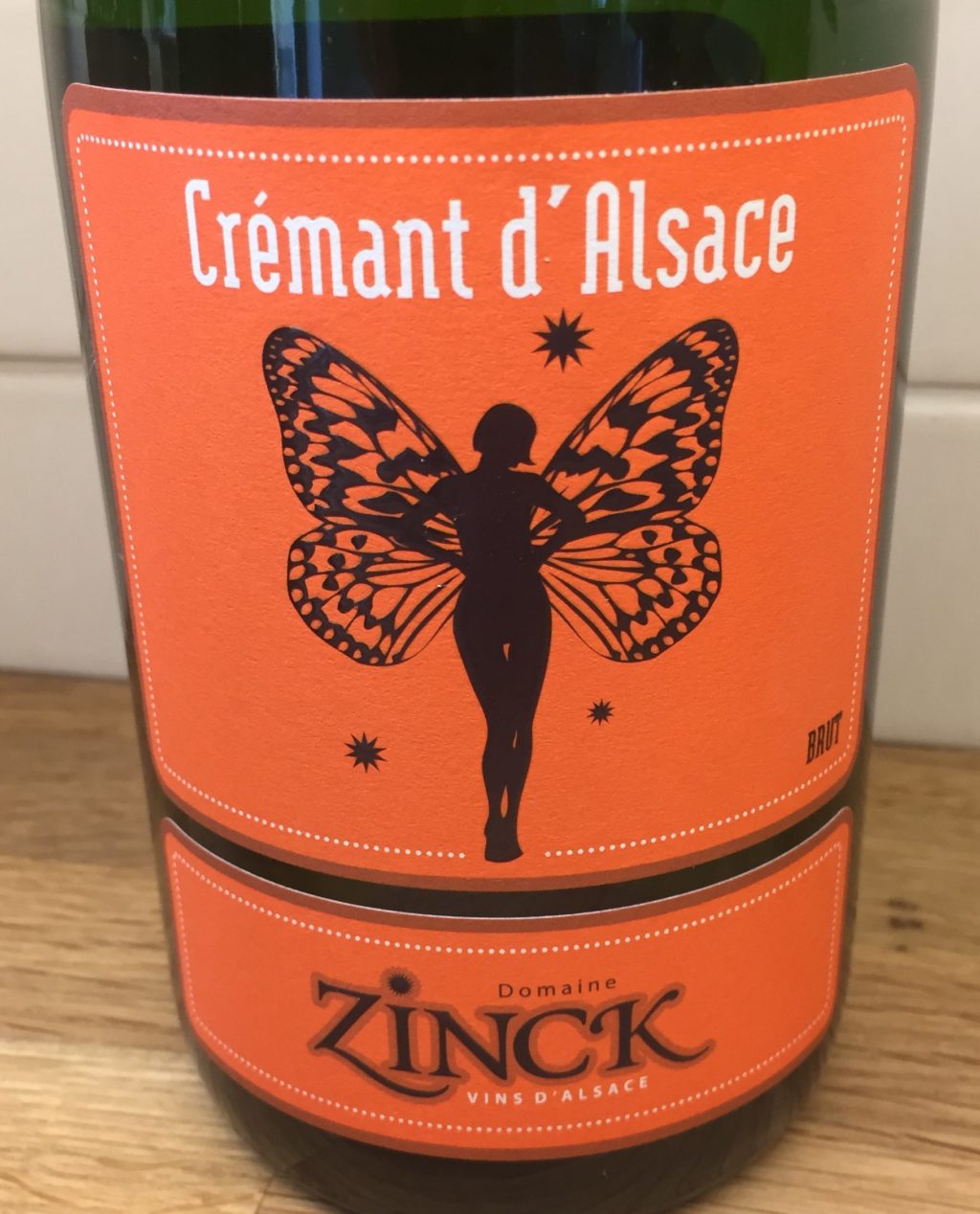 Must
Musttry
For me, the crème de la Crémant is Domaine Zinck, (£17.25 at Haynes, Hanson and Clark in Chelsea, Whitchurch and Stow-on-the-Wold), which has the beguiling biscuit character synonymous with fine Champagne, fresh zesty citrus flavours, an invigorating mousse and a sophisticated finish. This would be a great match with prawns, or even oysters.
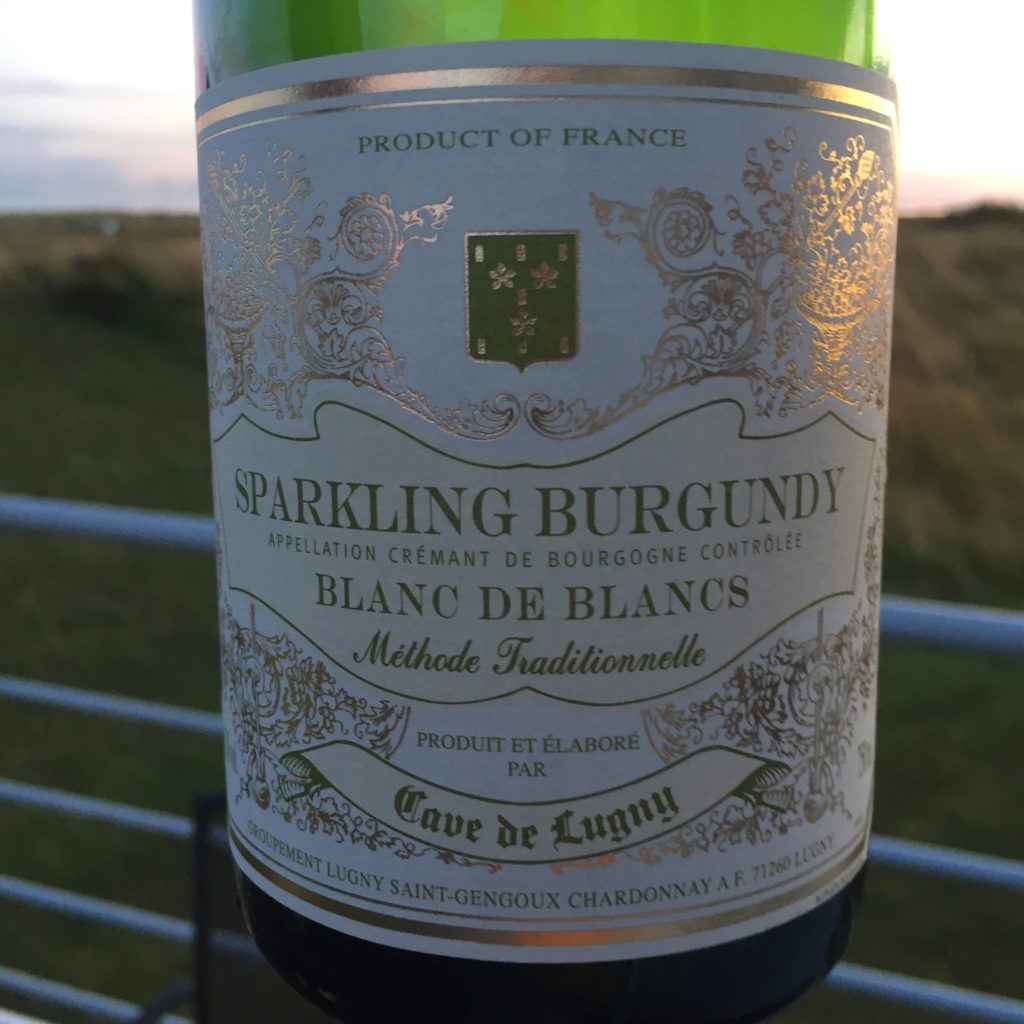 Best
Bestbuy
You could be forgiven for wondering why Burgundy bothers with Crémant, when its wines command such premium prices? The answer is that the grapes for its sparkling wine tend to come from the peripheral ends of the region, where they command less eye-watering prices. I’ll raise a glass to that, as Burgundy produces some really good examples. Try Cave de Lugny Blanc de Blancs NV (usually £13.99 at Waitrose, but currently a proper bargain at £10.49). It has wafts of toast, one of my tasting pals suggested “burning paper”, plenty of delicious pastry aromas and some delightfully light elderflower and green apple flavours to complement the savoury stuff on the palate.
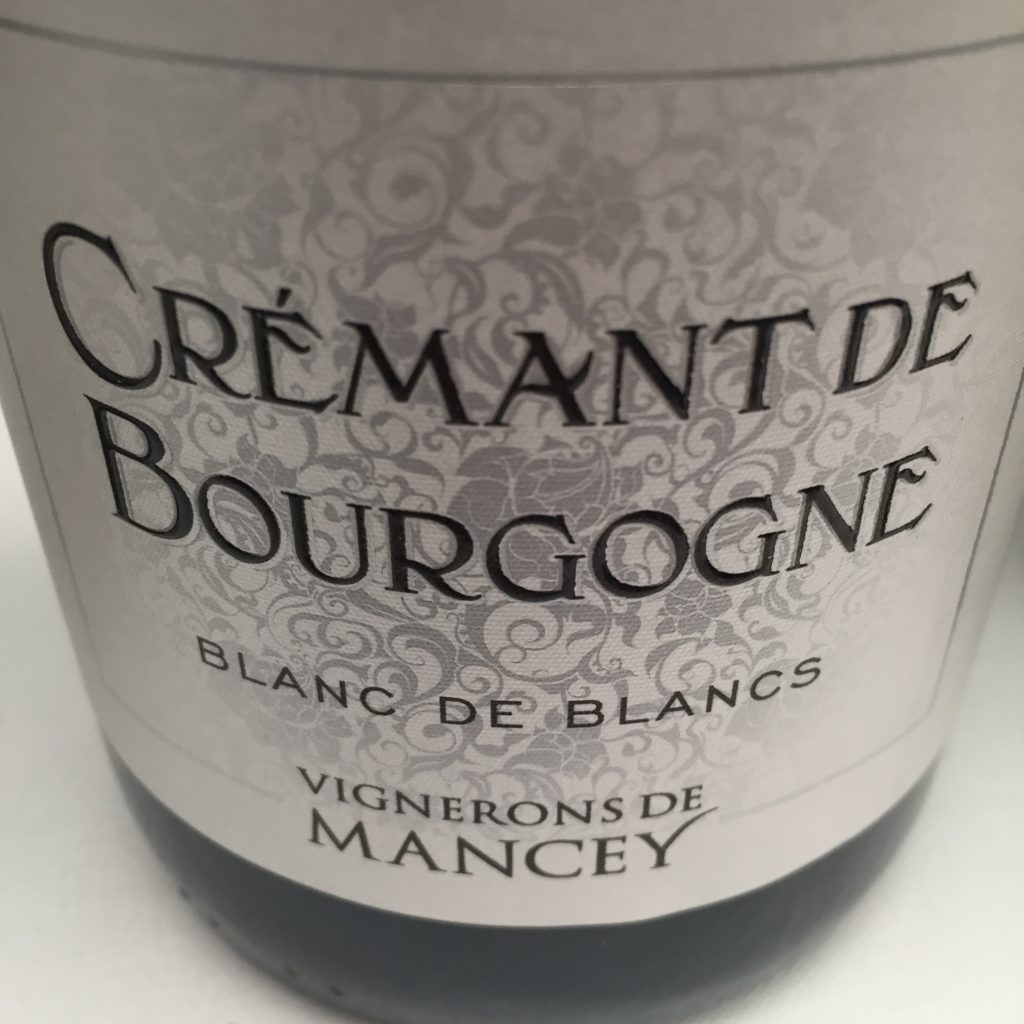
Another great Burgundy option comes from Les Vignerons de Mancey, (£21 at Cartwright Brothers Borough Market, Volic in W9, Wine Twit in SW12 and Starmore Boss in Sheffield). Also a Blanc de Blancs (meaning ‘all white grapes’, in this case 90% Chardonnay and 10% Aligoté), it smells and tastes as classy as it looks, but retains some fantastic freshness from good quality fruit. With their defined character and indefatigable mousse, both Burgundies are an arranged marriage for canapés.
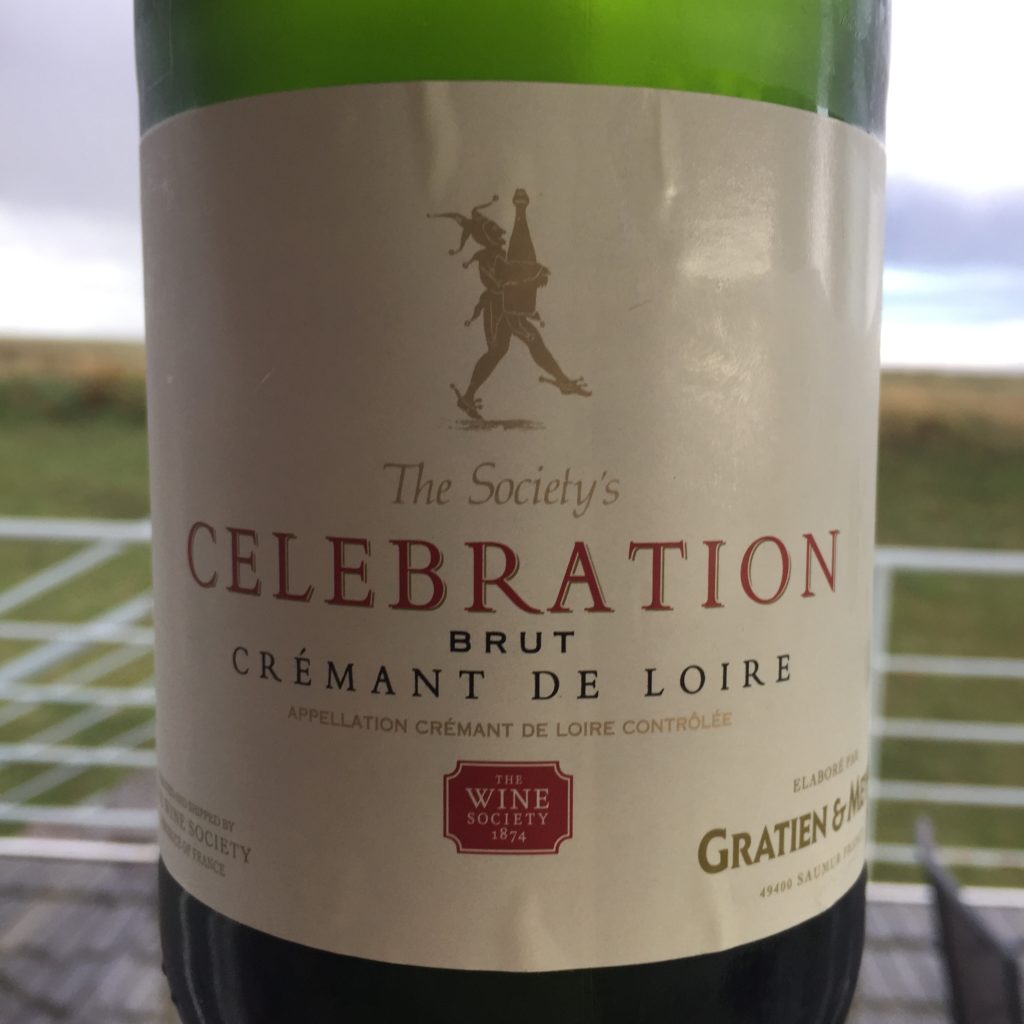
Whether its proximity to Britain, or price, I’m not sure, but the Loire offers the biggest selection of Crémant on the market here. The region’s signature Chenin Blanc grape brings a cool, crisp, fresh feel to the party, which might explain the slightly-naffly-named Celebration Crémant de Loire from The Wine Society, (£11.50). Made by the not-at-all-naff veteran producers Gratien and Meyer, it’s light and zingy, with notes of pear and even, we felt, a hint of marzipan.
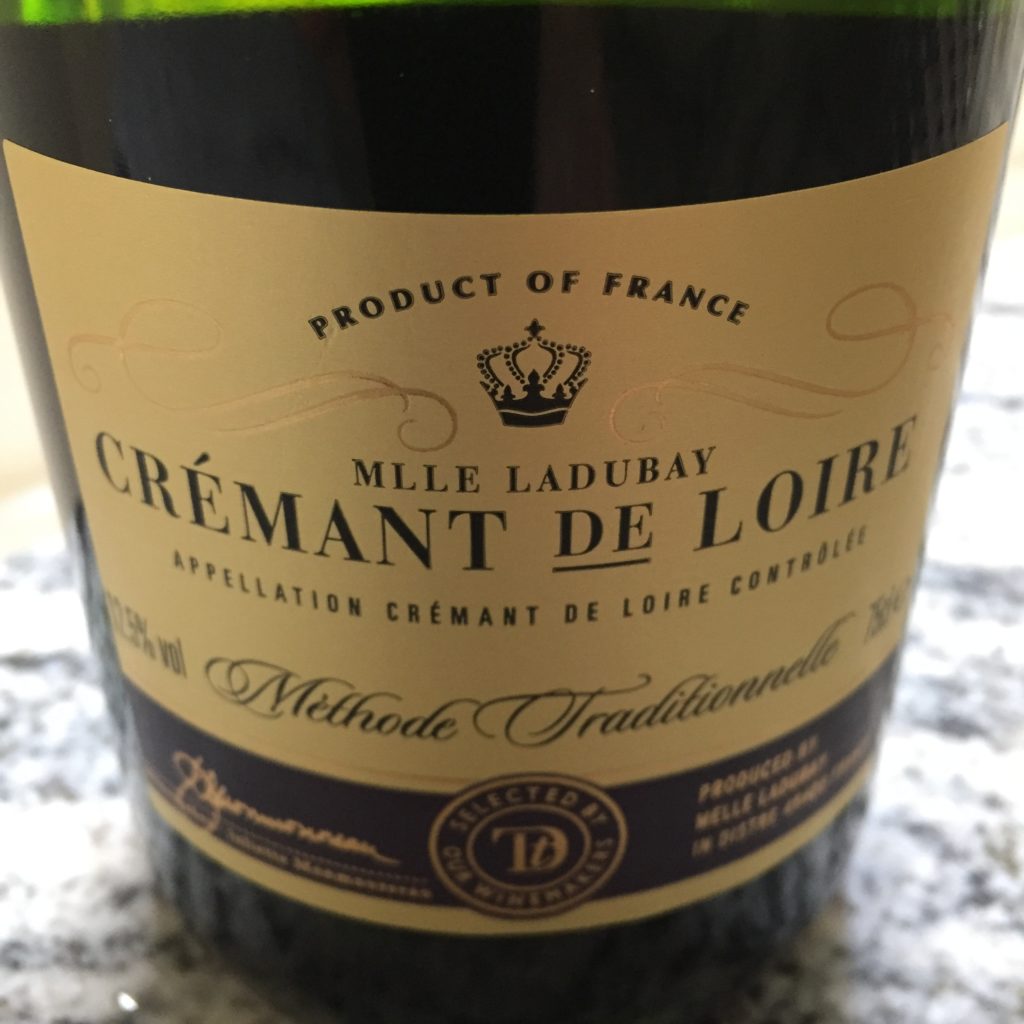
Sainsbury’s has bagged a veteran producer too, Bouvet Ladubay, to make its Taste the Difference Crémant de Loire, (£11), which is peachy and slightly floral on the nose, but manages to be pretty crisp and refreshing too, making it a worthy substitute for dreary supermarket Prosecco.
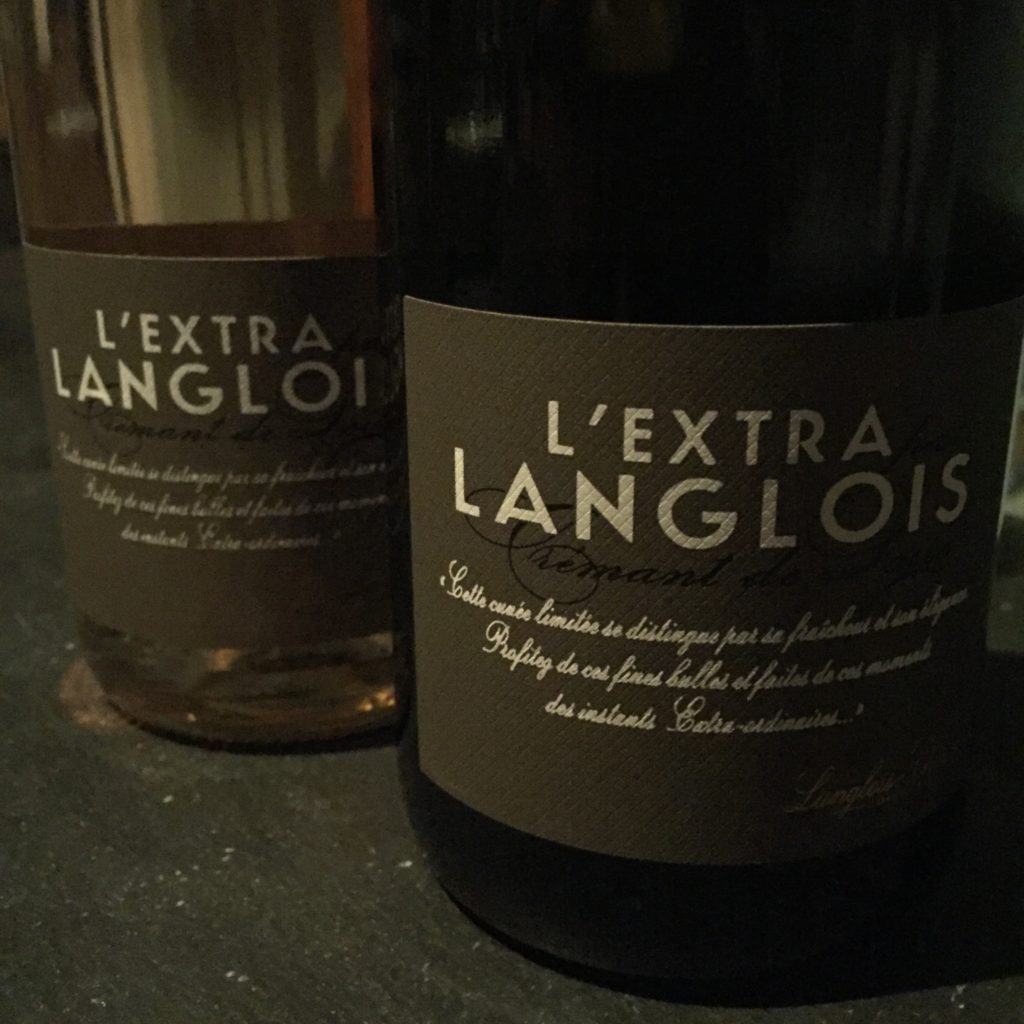
Majestic also offers a few fizzy options from the Loire, including L’Extra par Langlois, whose name might suggest a French supermarket, but don’t let that put you off (£10.99 if you buy six of anything otherwise £13.99). It nods towards Champagne, probably not unconnected to the fact that it’s owned by the Bollinger family, kicking off with savoury notes and adding some creamy classiness from the Chardonnay that combines with the cool and fruity Chenin Blanc in the blend. It comes with a pink brother (I was determined not to write ‘sister’ and ‘pink non-binary sibling’ just sounds that bit too Harriet Harman), made with the tricky but delicious Cabernet Franc grape. It’s also a top quality product, albeit with a more linear red fruit character and less of the savoury stuff. Sticking with the pink, Baumard Carte Corail Brut Rosé, (£14.99 from Virgin Wines), is a softer, slightly frothier, punnet of juicy strawberries in a glass and would be lovely served with croutons of goat’s cheese drizzled with wild honey.
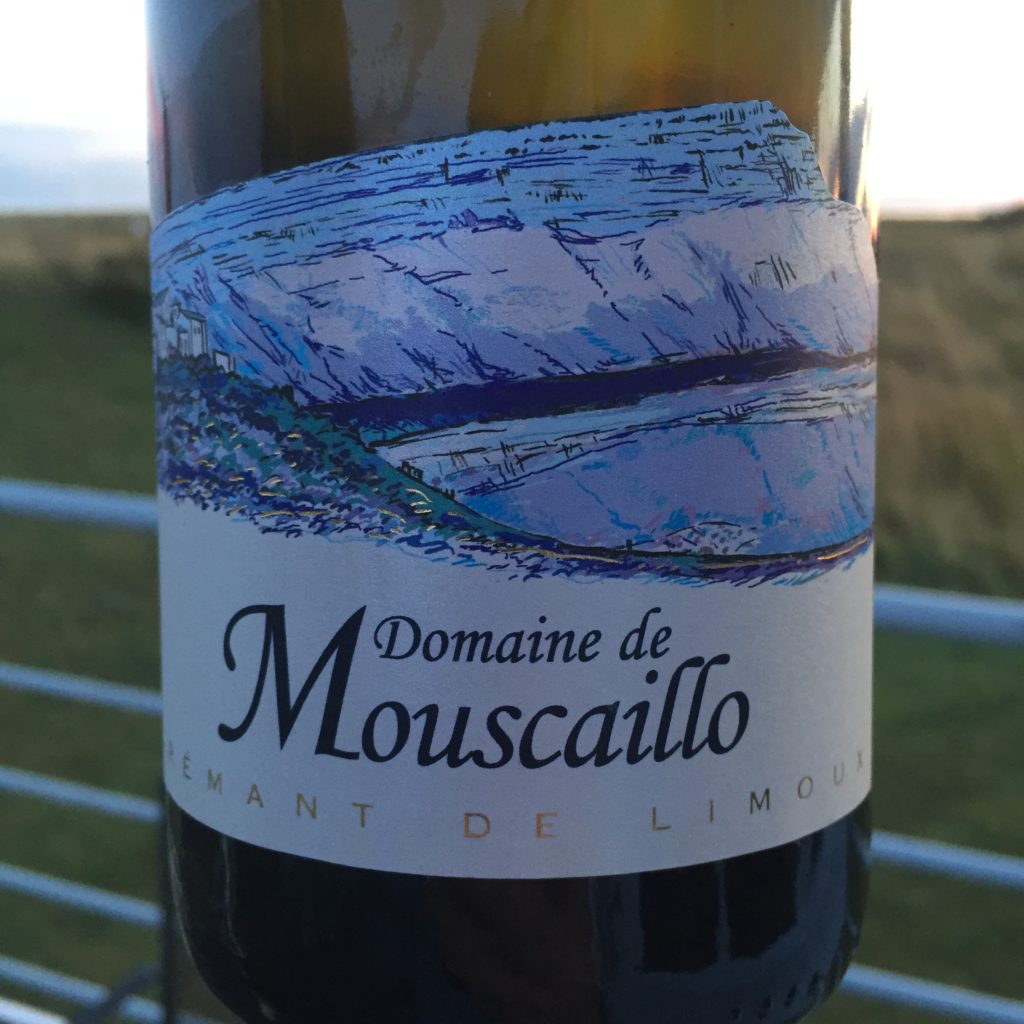 Must
Musttry
Perched high above the Languedoc, Limoux lays claim to producing the world’s first sparkling wine. That’s hotly disputed by historians, but it certainly has a long tradition of making the often rustic-tasting sparkler Blanquette de Limoux. Crémant, which uses a different bunch of grape varieties, may be the young upstart by comparison, but my partners-in-Crémant absolutely loved Domaine de Mouscaillo (£14.50 from The Wine Society). Made primarily from Chardonnay, with a little Pinot Noir, it offers a Champagne-like blast of brioche and citrus blossom, with an impressive level of complexity and an admirably long finish. This would be a real treat with some high quality smoked trout, creme fraiche and a squirt of lemon.
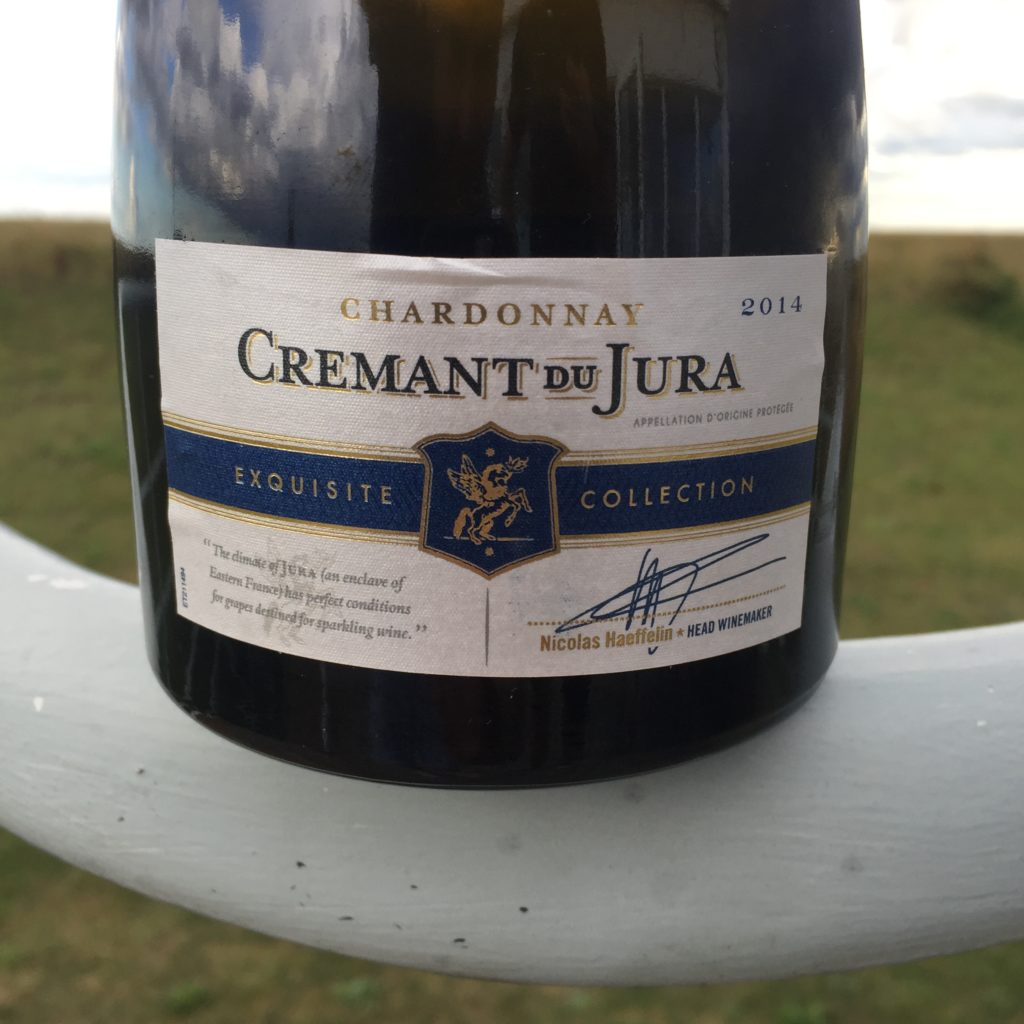 Best
Bestbuy
Finally, there’s Jura – a region on the eastern side of France – famed for its slightly sherry-like, part-oxidised white wines. They are an acquired taste, but Crémant du Jura, (£7.99 at Aldi), is very much a taste that’s been acquired. It’s a huge seller and a multiple award-winner, in a handsome, chunky bottle that belies its low price. There are inviting apple notes, a bit of lemon and more than a crumb of biscuit on the nose, but the mousse isn’t especially long-lasting and it’s certainly not hugely complex. That said, it’s great value at 8 quid and would certainly liven up a cheese straw.
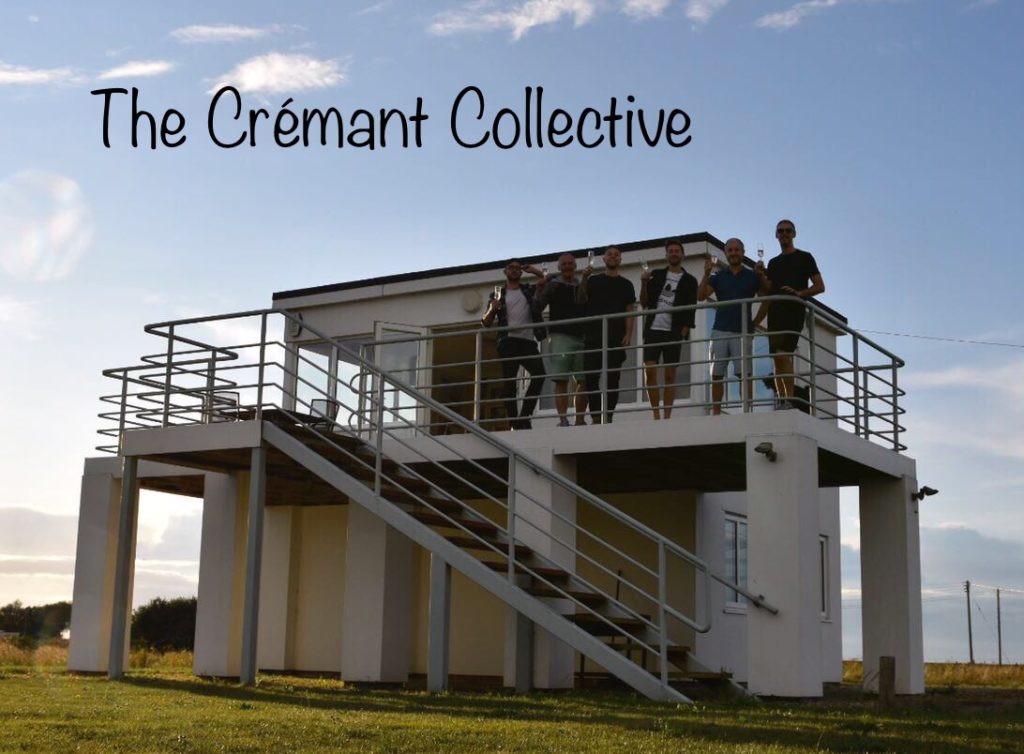
So who came out on top in our beachfront tasting challenge? As I’ve already revealed, my favourite was the Domaine Zinck from Alsace, however the Domaine de Mouscaillio from Limoux was the resounding winner amongst the rest of the Crémant Collective, scoring 3 votes, with the Waitrose Cave de Lugny from Burgundy and the Celebration Crémant de Loire getting a vote each too.
Whichever one you might choose, the great thing about those pesky rules is the confidence you should feel that if it says Crémant on the label, it’s going to be a decent sparkler inside. So when you next decide it’s time for a budget Champagne, why not make it ‘Cremant o’clock’ instead and see if it wins you over?